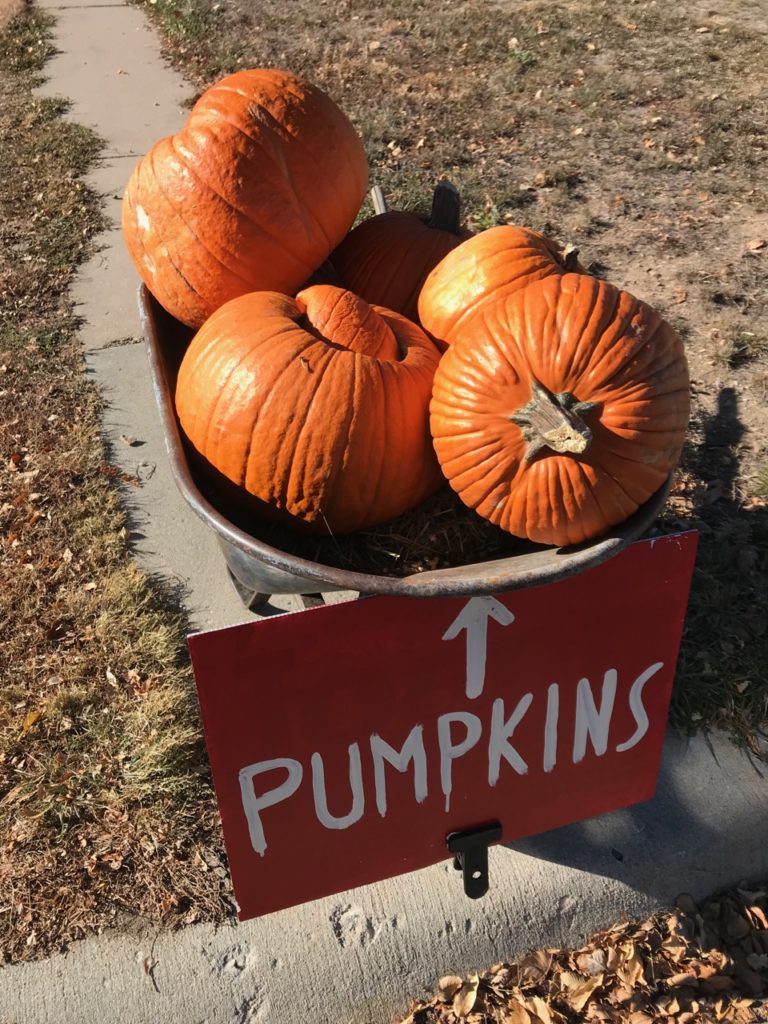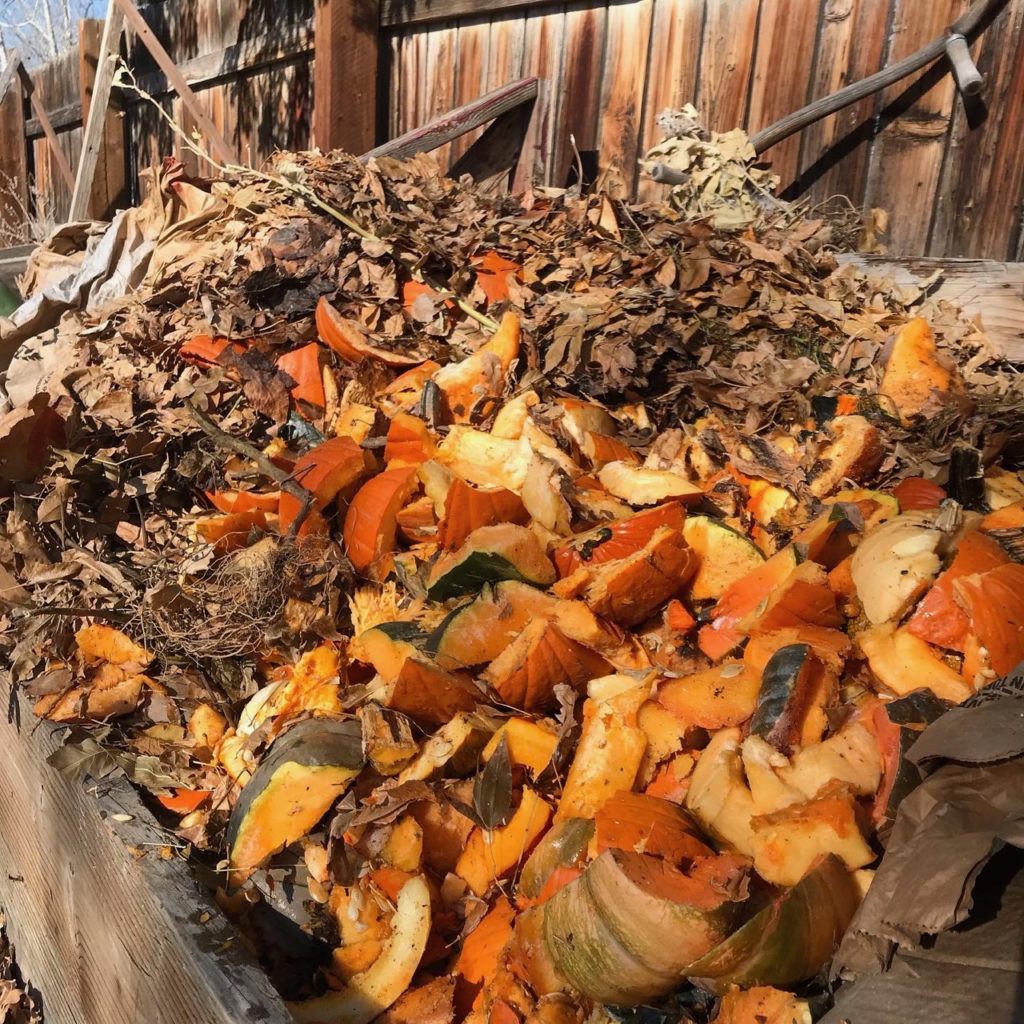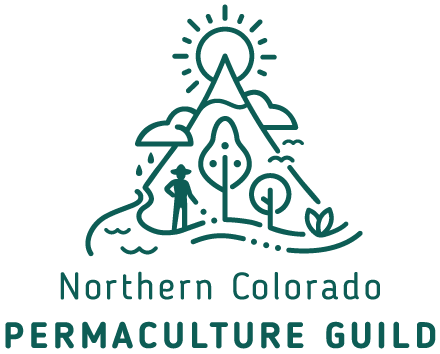YARDSCAPING
Did we just say “yardscaping”? YES. Yes we did.
Rather than supporting chemically-treated, water-wasted lawns, Common Roots yardscape design gives attention to native plants, to our wonderful pollinators, to sustainable year-round visual interest, to perennial food sources, and to creative water reuse systems (conserving what is nature-given & to lower water bills). We work the soil organically (100% pesticide-free) supporting a safer, more abundant ecosystem.

Earth Care

People Care

Fair Share
Go here to learn more about the core ethics of Permaculture and how they inform our business practices (link coming soon!)
COMPOSTING
We are happily accepting compostables (leaf bags, kitchen scraps, halloween pumpkins) via drop offs at our curbside wheelbarrow and offering local container pickups, too (please see details for pricing). Use one of our containers or use your own!
Why compost with Common Roots?
You will be reducing landfill size since food scraps and yard waste make up a significant portion of what ends up as waste.
You will help cut methane emissions since organic matter in landfills decomposes anaerobically, producing this potent greenhouse gas.
You will improve soil health since compost adds vital nutrients and beneficial microbes that boost soil structure and fertility.
You will reduce the need for chemical fertilizers since compost provides a natural alternative to synthetic inputs.
You will help retain soil moisture since compost improves the soil’s water-holding capacity, reducing the need for irrigation.
You will suppress plant diseases and pests since healthy, biologically active soils reduce outbreaks and infestations.
You will support local biodiversity since healthy compost-rich soils provide habitat for earthworms, fungi, and beneficial insects.
You will save money since less waste disposal and fewer garden product purchases can mean lower costs.
You will close the food loop since composting returns organic matter to the earth, completing the natural cycle.
Turning compost is good use of your energy!



We are listed on the Water-wise Professionals website for the City of Fort Collins.
Check it out!
DESIGN
Like we said before, our yardscaping principles focus on organic sustainability. Here are a few design examples from past projects with our wonderful clients.
MORE ABOUT COMMON ROOTS
Our beginning started in 2020 with some talented folks cooperating to offer the community a healthier relationship with the land. Through ecologically sound design, we endeavor to save more water, increase pollinator habitat, grow food abundantly, and adapt to a changing climate. Our business works holistically to help customers identify goals for the land, grow in their appreciation of nature, and tap into the abundance available around them.
We collaborate with a few local organizations & businesses to bring the best results to your yard, including the Northern Colorado Permaculture Guild & Blue Heron Imaging.













